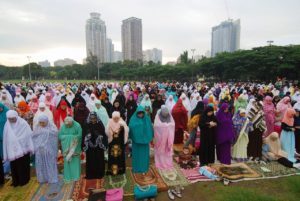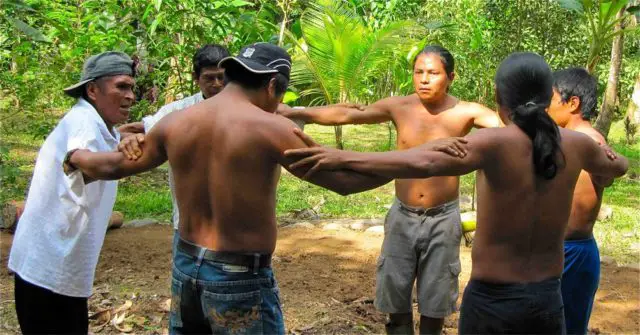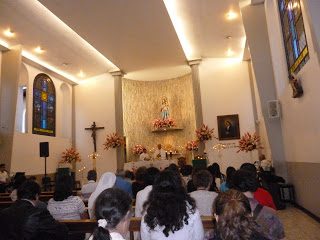Beyond the faith that each person professes, it is necessary to recognize that the religious structures keep an architectural beauty that is worth knowing.
The trend of religious tourism is increasing, as a way of recognizing the riches hidden behind places to worship.
It has also been a lucrative way for the economies of many countries that rely on tourism. According to the World Religious Travel Association, the religious tourism business moves around US$ 18,000 million a year worldwide.
The pilgrimages to the Vatican or to Mexico City to venerate the Virgin of Guadalupe, are a sample of a large number of people who have mobilized annually for religious reasons.
For example, the Camino de Santiago, in Spain, not only recalls the discovery of the tomb of the Apostle Santiago but also converted old convents, shelters, and hospitals into establishments that favored tourism among the pilgrims who visit this place during the year.
In Latin America, the religion that most professes is the Catholic. That is why Catholic churches are the religious temples that most exist among Latin Americans.
However, other manifestations of faith also coexist, such as Evangelical Christians, Jehovah’s Witnesses, and many other religions such as Muslims, who worship in mosques whose architectural beauty sets them apart wherever they may be.

Churches, each with a different style, ranging from classical, gothic, neo-gothic and modern. They are not only visited by the faithful in the middle of a pilgrimage but also by curious tourists to learn about their history or the aesthetic treasures of their interior.
Pilgrimage in Costa Rica
In Costa Rica, the official religion is Catholic, although cults are present in equal importance as Protestant Christians formed by members of the Baptist, Evangelical, Methodist, and Episcopal churches.
Other religions present to a lesser degree are the Bahá’í Faith, Buddhism, Islam, Jehovah’s Witnesses, Hare Krishna, Hinduism, Judaism, Seventh-Day Adventism, and Taoism.
Since there is a large number of indigenous Bribrís, there is also the indigenous Shamanic religion as an official among the 10,000 original inhabitants.

Due to that variety of beliefs, churches, mosques, pagodas, temples, and synagogues and related places of worship that you can visit and know how they have been created.
Let’s see some samples about where to locate them and what we can learn from them:
Our Lady of the Angels
Declared a minor basilica in 1935, it is the largest church in the country. It is located in the province of Cartago, where every August 2nd is the largest manifestation of faith in Costa Rica.
The Virgin’s House
Also called “La Casa de la Cofradía” or “La Cofradía”, it was donated by Mrs. Mariana Montiel de Pérez, a faithful devotee of the Virgin of Guadalupe.
It is located in the province of Guanacaste, specifically in the Chorotega region, where the festivities of Miss La Virgen de Guadalupe are traditionally celebrated.

These celebrations, which begin in November and end on December 12th, include activities such as the Count of Days, the Pica de Leña, the Atolada, the Ramada Raised, the Eve, the Procession of the Past, the Solemn Mass and Procession of Candelas, among others”.
In this festivity elements of the Chorotega culture and the religious aspects introduced by the Spanish conquerors are combined harmonically.
National Sanctuary of Santa Cruz
It is located in the city of Santa Cruz, in the province of Guanacaste. There the festival of Santo Cristo de Esquipulas is celebrated. The appearance of this effigy has 2 stories.
One of them says that she was found in the middle of a forest where she returned every time her discoverer took her with her. The other version tells that it was brought from Guatemala in 1800.
The so-called Appeared
It is an ebony wood carving measuring approximately 50 centimeters high. It has details in red imitating blood on hands, feet, knees, chest, and forehead.
This celebration stands out because it incorporates elements of the indigenous culture and the Spanish heritage.
